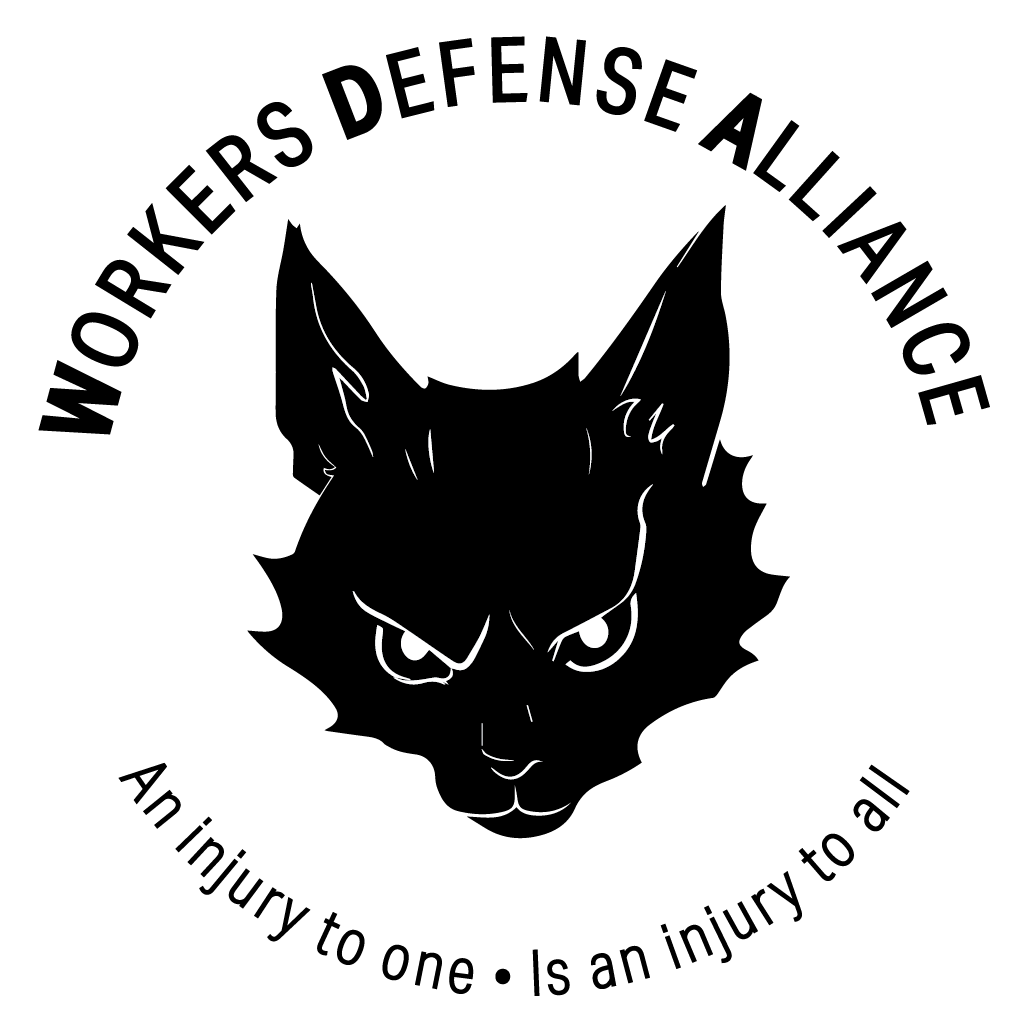On May 26th, the people of Minneapolis rose up against the lynching of a 46-year old unemployed Black worker, George Floyd, by the Minneapolis Police Department (MPD) in broad daylight. Masses of people, mainly young, mainly poor, and mainly people of color took to the streets. They surrounded and battled the Third Precinct, looted capitalist enterprise, and lit fires that were seen around the world.
This Uprising of the Youth and the Poor won more concrete gains and did more to change the debate around white supremacy, policing, and direct action than decades of lobbying, voting, and protest. Now the politicians, big business, and the media are trying to rewrite our victories and peddle fear and confusion to block further progress by the most oppressed.
What did the Uprising Achieve?
The four cops who murdered Floyd - Derek Chauvin, J Alexander Kueng, Thomas Lane, and Tou Thao - were fired on May 26, the day after the murder. It took three days of massive protests for Chauvin to be arrested, on May 29. After another five days, the state arrested the other three cops.
The weeks following Floyd’s murder have seen a growing movement to remove police from schools. The University of Minnesota announced it was terminating its contracts with the MPD on May 27. Minneapolis and St. Paul public schools followed suit in June, thanks to organizing efforts led by BIPOC students, families, and teachers. Similar efforts are happening across the country.
Discussions about reforming, defunding, and even abolishing the police have taken hold in cities across the country. The Minneapolis City Council proposed a city charter amendment that would replace the MPD with a community safety department. In Seattle, city councillors proposed cutting the Seattle Police Department’s budget by 50%
Racist cultural symbols, like Confederate statues and certain sports team mascots, have been publicly attacked in unprecedented ways. Statues of Columbus, Confederate “heroes,” and other violent colonizers have been torn down in cities around the country - including St. Paul, where a group of Native organizers toppled the statue of Columbus. The Washington Football Team finally gave in to years-long pressure to change its name, which had been an anti-Native slur since 1933.
The most important achievement is the autonomous spirit of revolt and self-organization we’ve seen on so many fronts. We’ve seen community members band together to hold George Floyd Square (38th & Chicago) - organizing meals, sanitation, and their own security presence, building community bonds while keeping the police out. We’ve seen mass encampments of homeless folks in city parks resist the city’s attempts to evict them. We’ve seen workers organize solidarity actions. We’ve seen neighborhoods organize armed community self-defense.
Counter-Attack by the System
In attempts to delegitimize the protests, the state and the media have been releasing misleading “crime” statistics since the early Uprising. They have, at various times, claimed that the riots were started by “outside agitators,” “white anarchists,” or “white supremacists.” Governor Walz, Minneapolis mayor Jacob Frey, and St. Paul mayor Melvin Carter all announced that most of the protest arrestees were “agitators” from outside the TC. They later walked back their statements when it was revealed that the vast majority of arrestees were local. To anyone who was at the protests, these were blatant attempts to spin them as something other than what they were: communities, largely Black and Brown ones, standing up against the violence levied against them by the state and capitalism.
The Minneapolis Charter Commission decided to take an extra 90 days to review the amendment dismantling the police. This moves their decision past the deadline for the amendment to be added to this year’s ballot, blatantly blocking progress on dismantling the MPD.
The state is working on retaking the spaces the people have been maintaining since the Uprising. The City of Minneapolis has set its sights on the homeless encampments in Powderhorn Park. Residents and friends have faced increasing repression as they have resisted the city’s orders to leave the park, including one mass arrest of over 20 residents and supporters. The police have also announced their plans to take back George Floyd Square. Community members have labeled this an attempt to return the city to “normal” - the same normal that killed George Floyd.
Taking the Uprising Forward
Though the explosiveness of its early days is over, the Uprising continues to burn bright in the Twin Cities. The revolutionary spirit of self-organization we’ve seen in the past few months is not easily extinguished. All around the cities we can see organizers continuing their work, building the networks, experience, and capacity they need to keep fighting for the long haul. The spirit of revolt lives on in the copwatch patrols, neighborhood defense groups, workers’ committees, and mutual aid networks being built across the cities.
